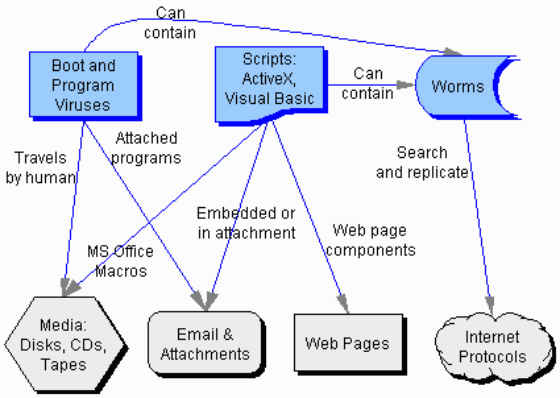Data diddling is a type of cybercrime in which an attacker alters or manipulates data without the knowledge or consent of the victim. This can take many forms, from changing the numbers on a bank statement to altering the results of a scientific experiment. No matter the specifics, the goal of data diddling is always the same: to gain some sort of advantage or benefit by altering the truth.
One common form of data diddling is the manipulation of financial records. For example, an attacker might change the balance on a bank account, either to steal money or to cover up fraudulent activity. This type of cybercrime can be especially damaging for businesses, as it can lead to the loss of money, reputation, and trust.
Another common form of data diddling is the alteration of scientific or research data. This can be done for a variety of reasons, such as to make a product or theory seem more appealing or to discredit a competitor. In some cases, this type of data diddling can have serious consequences, such as when it leads to the dissemination of false information or the approval of unsafe products.
There are several ways that attackers can carry out data diddling. One method is to directly alter the data itself, either by changing the numbers or by adding or deleting information. Another method is to use malware or other hacking techniques to gain access to the data and make the changes.
To prevent data diddling, it is important for organizations to implement strong security measures, such as secure passwords and authentication protocols, as well as regularly update their systems and software. In addition, it is important for organizations to regularly audit and verify their data to ensure that it is accurate and has not been tampered with.
In conclusion, data diddling is a serious cybercrime that can have serious consequences. By taking the necessary precautions and implementing strong security measures, organizations can protect themselves and their data from this type of attack.






